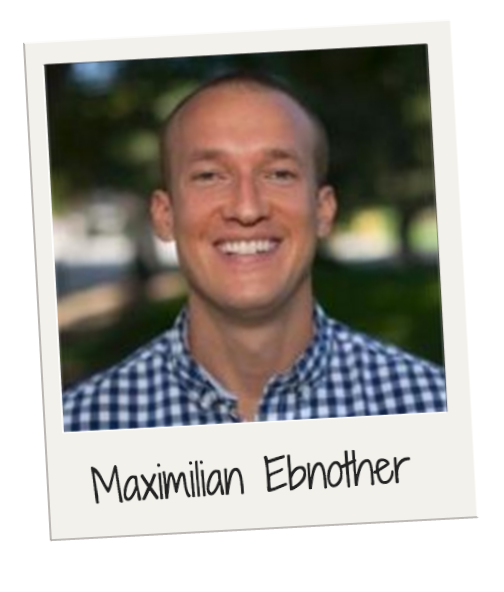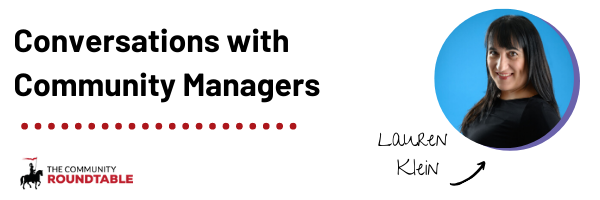
Join the community experts at The Community Roundtable as they chat about online community management best practices with a wide range of global community professionals. Topics include increasing online audience engagement, finding and leveraging executive stakeholders, defining and calculating online community ROI and more.
Episode #70 features Lauren Klein.
In this episode of the podcast, Lauren shares ideas on how to cultivate a strong leadership presence in your online community, empowering young women through mentorship, and ways to make an impact in your communities.
Listen Now:
Podcast: Play in new window | Download
Links from the Episode:
https://www.linkedin.com/in/thelaurenklein
Listen to more episodes of Conversations with Community Managers
About Conversations with Community Managers*
To better reflect the diverse conversations our podcast covers we’ve changed the name of our long-running series to Community Conversations.
Community Conversations highlights short conversations with some of the smartest minds in the online community and social business space, exploring what they’re working on, why they do what they do, and what advice they have for you.
These episodes are a great way to begin to understand the nuances of community strategy and management.
Each episode is short (usually less than 30 minutes) and focuses on one community management professional.
 Welcome to the latest episode in our community management podcast series, “
Welcome to the latest episode in our community management podcast series, “
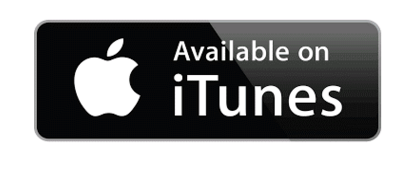
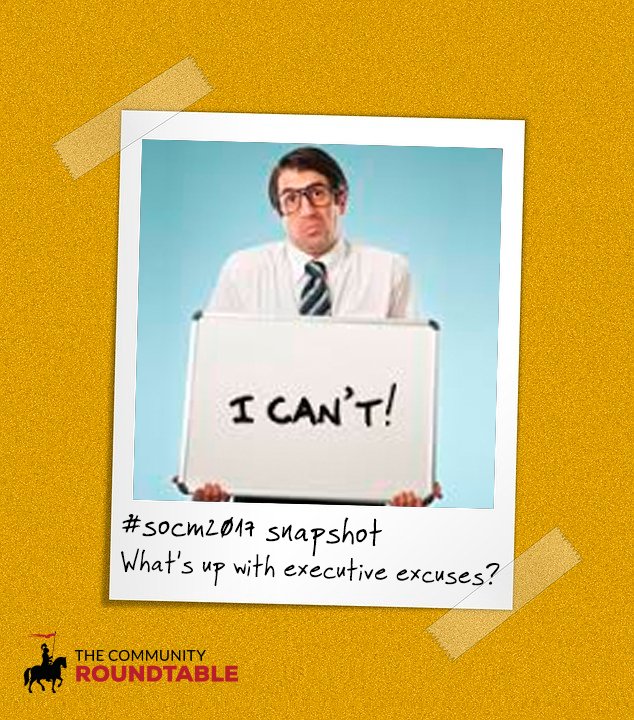
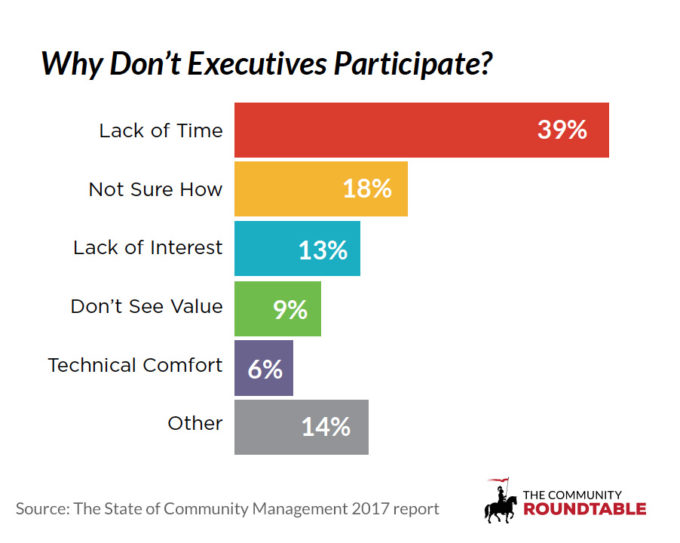
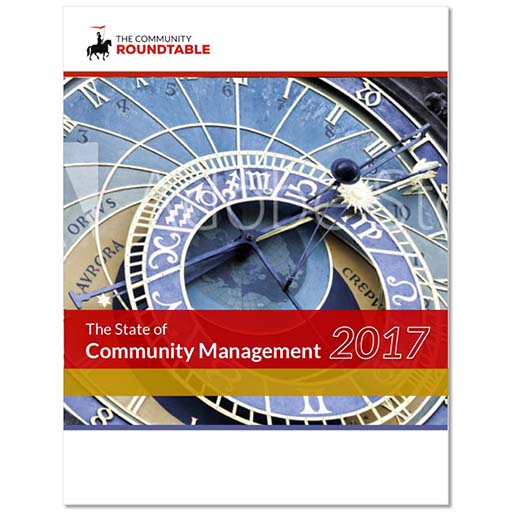


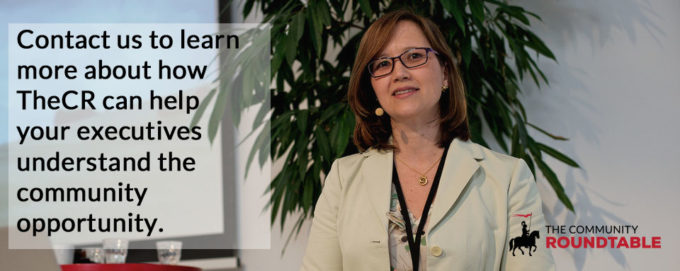
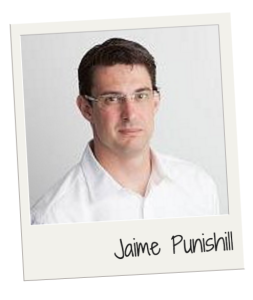 Need some help convincing executives why your organization needs to be more active in social media and community?
Need some help convincing executives why your organization needs to be more active in social media and community? 
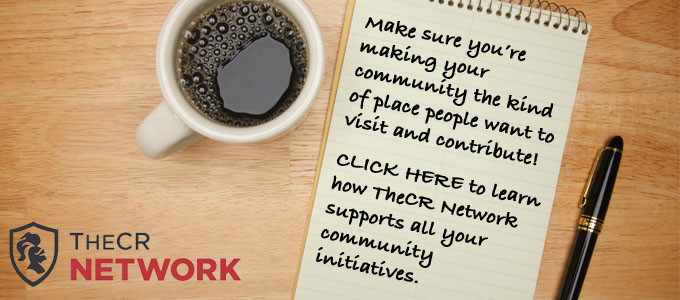
 It’s not your CEO. Or anyone else in the C-suite.
It’s not your CEO. Or anyone else in the C-suite.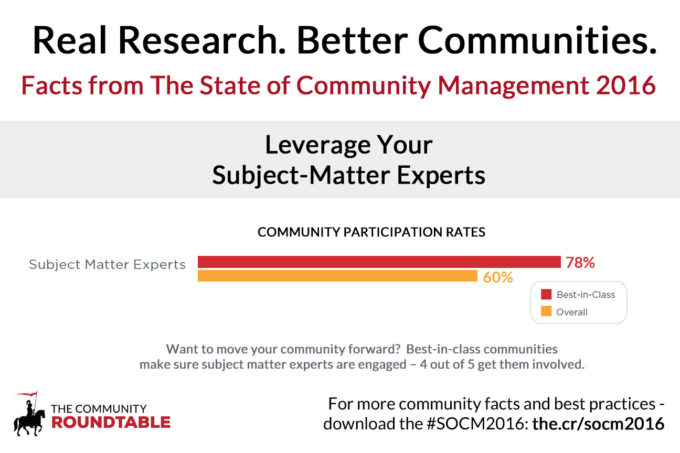


 How do you engage online in a way that shares the work you care about and connects with people in a personal way?
How do you engage online in a way that shares the work you care about and connects with people in a personal way? Your work is important to you. You have lots of other things that are also important to you. Finding a way to share your personal passions and use them as a lens on your work is where you can find interesting opportunities to connect and share your unique gifts and insight.
Your work is important to you. You have lots of other things that are also important to you. Finding a way to share your personal passions and use them as a lens on your work is where you can find interesting opportunities to connect and share your unique gifts and insight. My four-year-old came home one day with this drawing of friendship. As you might imagine, it melted my little analyst heart. I also thought it was a profound truth about relationships – they develop through conversations. One of the issues I’ve always had with ‘listening’ programs is that listening does not imply engagement or developing relationships to me – it’s one sided. Relationships require an exchange – the passing of information and leadership back and forth.
My four-year-old came home one day with this drawing of friendship. As you might imagine, it melted my little analyst heart. I also thought it was a profound truth about relationships – they develop through conversations. One of the issues I’ve always had with ‘listening’ programs is that listening does not imply engagement or developing relationships to me – it’s one sided. Relationships require an exchange – the passing of information and leadership back and forth.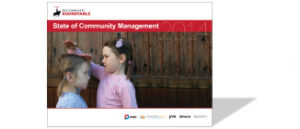

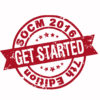
 This post is part of a series summarizing The Community Roundtable’s annual
This post is part of a series summarizing The Community Roundtable’s annual 